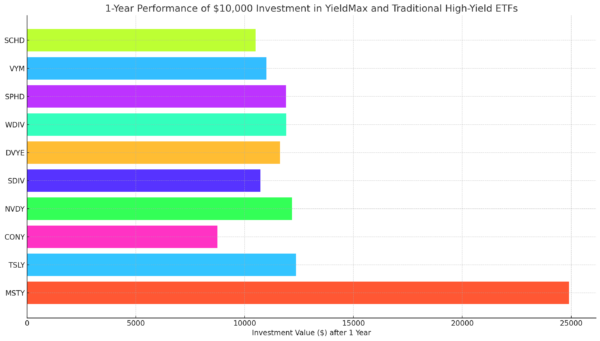Is This Oil Giant’s 33-Year Dividend-Raising Streak About to End?
Chevron (NYSE: CVX) is a member of the esteemed Dividend Aristocrats. These are companies that are in the S&P 500 and have raised their dividends for 25 years in a row or longer.
It is an esteemed club with only 66 companies included.
Investors love Dividend Aristocrats because they historically beat the market with lower volatility.
Chevron has been in the dividend-raising business since 1988. Back then, we had no cellphones and no internet, but we did still have the Soviet Union. And we were just a year past the 1987 stock market crash. That was a long time ago.
Will Chevron’s dividend be raised for a 34th straight year next year?
Let’s look at the numbers…
Not surprisingly, with oil prices in the teens, free cash flow is expected to plummet this year to $5.5 billion from more than $13 billion a year ago. And it will be just one-third of the total from 2018.
In fact, this year’s free cash flow will likely be Chevron’s lowest since 2016.
 SafetyNet Pro isn’t a fan of declining cash flow. An even bigger infraction is paying out more in dividends than is generated in free cash flow. Chevron checks that box too.
SafetyNet Pro isn’t a fan of declining cash flow. An even bigger infraction is paying out more in dividends than is generated in free cash flow. Chevron checks that box too.
This year, Chevron is projected to pay out $9.8 billion in dividends, nearly twice the amount of free cash flow it will bring in. Last year, the payout ratio was a more sustainable 68%.
It should be noted that prior to the COVID-19 crisis, a 68% payout ratio was considered fine. However, I have made the SafetyNet Pro model more conservative because of the financial devastation that is occurring.
Now, to be comfortable that a dividend is secure, I want to see a payout ratio of 50% or lower. So last year’s 68% is above that new threshold, and the rating falls a notch as a result.
On the plus side, the oil producer has a healthy balance sheet. That’s important for weathering this storm. And that 33-year track record is meaningful.
Last week, on the company’s conference call, CEO Michael Wirth said Chevron’s top financial priority is to protect its dividend. I’m sure shareholders enjoying the current 5.8% yield would agree.
Like AT&T‘s (NYSE: T) rating in last week’s analysis, this stock’s dividend safety rating has slipped – partially because of the new more conservative guideline, but also because of falling cash flow.
While Chevron’s dividend safety rating is low, I don’t necessarily expect a dividend cut this year. However, if free cash flow doesn’t rebound in 2021, the three-decade-plus streak of annual dividend increases could be in jeopardy.
Dividend Safety Rating: D
 If you have a stock whose dividend safety you’d like me to analyze, leave the ticker symbol in the comments section.
If you have a stock whose dividend safety you’d like me to analyze, leave the ticker symbol in the comments section.
About Marc Lichtenfeld
Marc Lichtenfeld is the Chief Income Strategist of Investment U’s publisher, The Oxford Club. He has more than three decades of experience in the market and a dedicated following of more than 500,000 investors.
After getting his start on the trading desk at Carlin Equities, he moved over to Avalon Research Group as a senior analyst. Over the years, Marc’s commentary has appeared in The Wall Street Journal, Barron’s and U.S. News & World Report, among other outlets. Prior to joining The Oxford Club, he was a senior columnist at Jim Cramer’s TheStreet. Today, he is a sought-after media guest who has appeared on CNBC, Fox Business and Yahoo Finance.
Marc shares his financial advice via The Oxford Club’s free daily e-letter called Wealthy Retirement and a monthly, income-focused newsletter called The Oxford Income Letter. He also runs four subscription-based trading services: Technical Pattern Profits, Penny Options Trader, Oxford Bond Advantage and Predictive Profits.
His first book, Get Rich with Dividends: A Proven System for Earning Double-Digit Returns, achieved bestseller status shortly after its release in 2012, and the second edition was named the 2018 Book of the Year by the Institute for Financial Literacy. It has been published in four languages. In early 2018, Marc released his second book, You Don’t Have to Drive an Uber in Retirement: How to Maintain Your Lifestyle without Getting a Job or Cutting Corners, which hit No. 1 on Amazon’s bestseller list. It was named the 2019 Book of the Year by the Institute for Financial Literacy.






